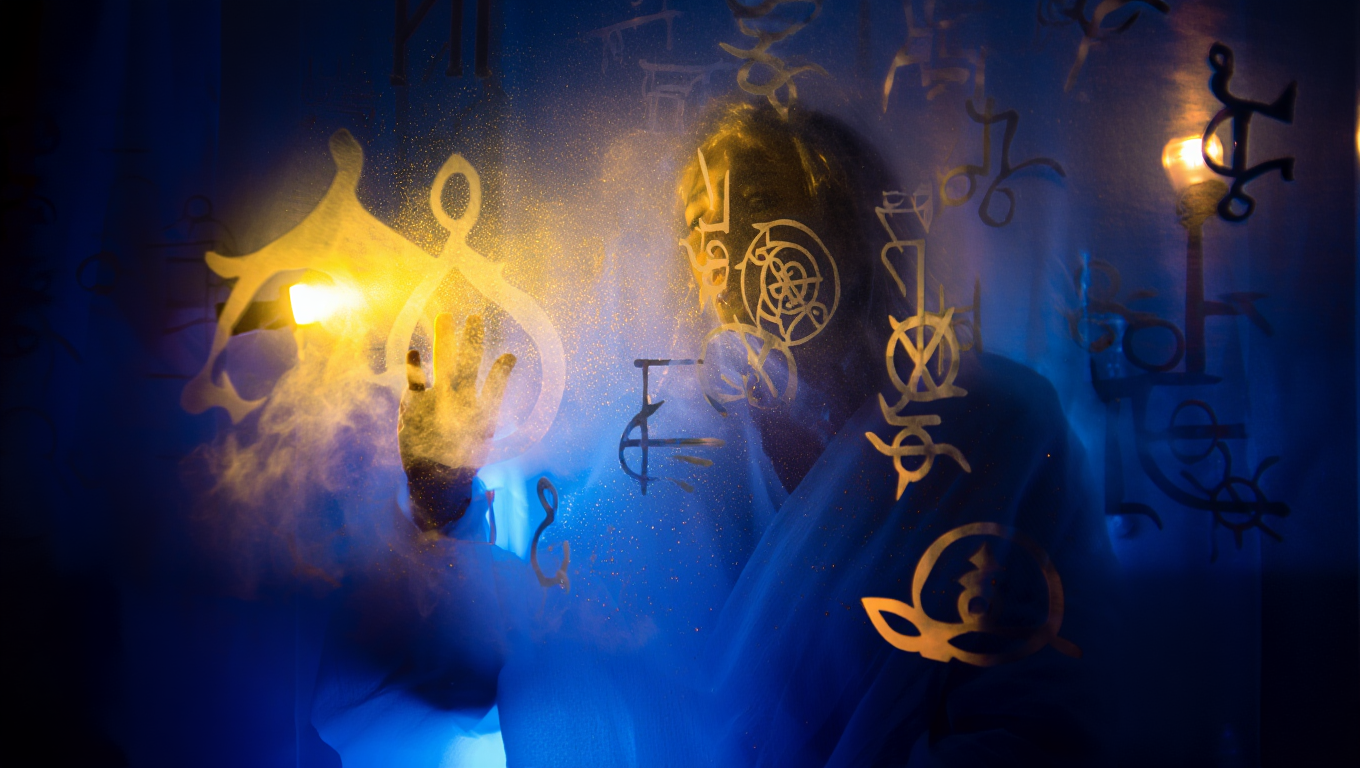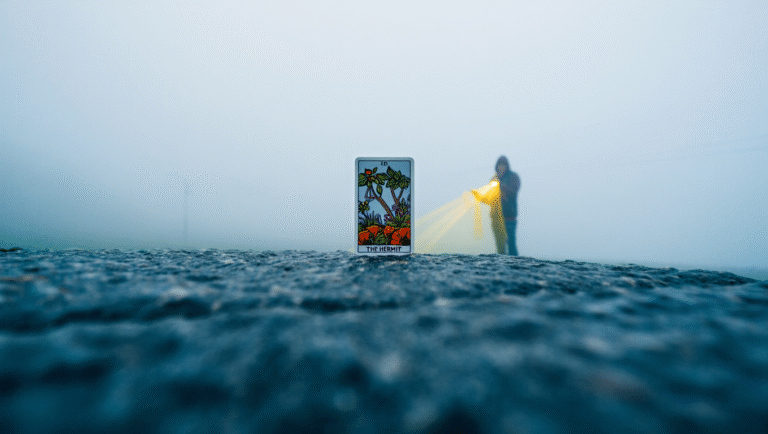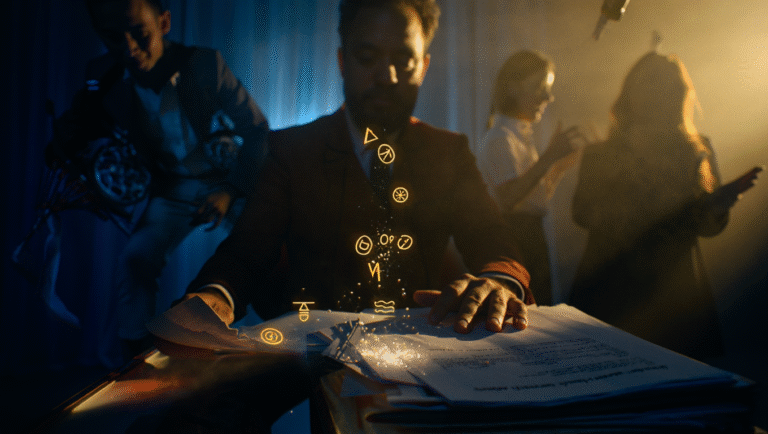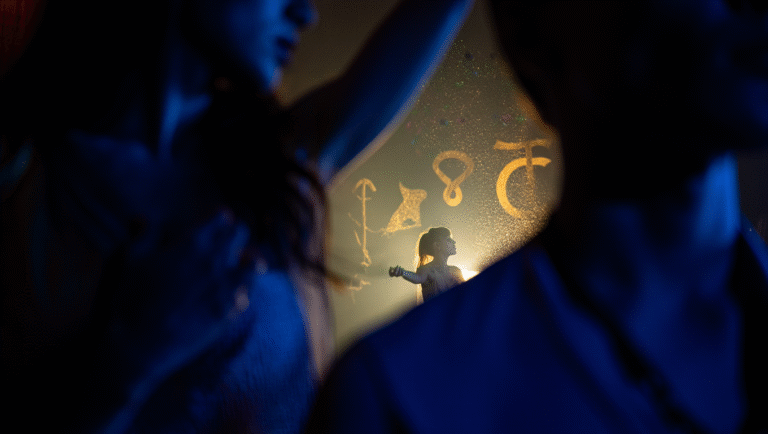Understanding Energy Types in Human Design
Have you ever wondered why some people seem to be in perpetual motion while others thrive on calm and reflection? The answer might be less about motivation and more about design—specifically, your Human Design energy type. If you’re new to Human Design, think of it as a practical manual for understanding your natural energy flow, decision-making style, and how best to navigate daily life (without the buzzwords or the “guru” pitch).
What Are the Four Human Design Energy Types?
Human Design identifies four main energy types. Each type has a unique way of operating, making decisions, and interacting with others. Here’s a quick overview:
- Manifestors: The initiators and trailblazers.
- Generators: The builders and doers.
- Projectors: The guides and advisors.
- Reflectors: The mirrors and barometers of society.
Why Does This Matter?
Understanding your energy type isn’t just self-help fluff—it’s a practical tool for:
- Reducing burnout
- Improving relationships
- Making better decisions
No mystical jargon required—just actionable insight for daily life.
Real-Life Case: Two Colleagues, Two Energy Types
Let’s say you and your colleague often clash at work. You’re all about planning and action (maybe a Generator), while your coworker loves proposing new ideas but gets bored by follow-through (hello, Manifestor). Without understanding each other’s energy, frustration builds. With Human Design, you can adjust expectations and workflows—less stress, more productivity.
How to Identify Your Human Design Type
It takes less than 15 minutes to get started. Here’s what you need:
- Your birth date, time, and location
- A reliable Human Design chart generator (see tools below!)
Plug in your details and you’ll see your energy type, strategy, and authority. Now, let’s break down each type in detail, with practical tips and honest product picks to make the most of your design.
Manifestors: The Initiators
“Manifestors get things rolling, but they’re not here to finish every project themselves.”
- Key trait: Independent, quick to act, needs freedom
- Strategy: Inform before you act
- Watch out for: Resistance when not informing others
15-Minute Action Plan:
- Pick one idea you keep circling around.
- Inform anyone affected (email, text, quick chat).
- Take the first step—don’t overthink the outcome.
Tool tip: Use a simple planner to track your ideas and whom you’ve informed (try the Rocketbook Smart Reusable Planner—digital + paper = freedom).
Generators: The Builders
“Generators are the powerhouse—when they love what they do, everyone feels it.”
- Key trait: Sustainable energy, thrives on satisfaction
- Strategy: Wait to respond, then act
- Watch out for: Saying yes to things that drain you
15-Minute Ritual for Generators:
- Write down 3 things you’ve said “yes” to this week.
- Rate them 1–10 on satisfaction.
- Commit to saying “yes” only to 8+ for the rest of the week.
Recommended tool: For tracking energy and mood, the Moleskine Wellness Journal is a solid pick—sturdy, portable, and not too “woo.”
Projectors: The Guides
“Projectors excel at seeing what others miss, but need to be recognized and invited.”
- Key trait: Insightful, needs recognition
- Strategy: Wait for the invitation
- Watch out for: Feeling bitter when advice goes unappreciated
15-Minute Self-Care Routine:
- List recent situations where you felt “seen.”
- Send a thank you note or message to one of those people (keeps the good energy flowing).
- Take a short break—walk, stretch, meditate (Insight Timer app is free and science-backed).
For Projectors, less is more. Give yourself permission to rest.
Reflectors: The Mirrors
“Reflectors absorb and reflect the energy around them—they’re sensitive, adaptable, and wise.”
- Key trait: Highly sensitive to environment
- Strategy: Wait a lunar cycle (about 28 days) before big decisions
- Watch out for: Taking on others’ stress
15-Minute Environment Reset:
- Step outside or move to a different room.
- Notice how the space feels—light, noise, temperature.
- Make one small tweak (open a window, light a candle, add a calming crystal like Amethyst cluster).
Reflectors thrive in spaces that feel good. Don’t underestimate the power of a quick environment shift.
Comparison Table: Energy Types at a Glance
| Name | Key Feature | Best Strategy | Common Pitfall | Best Product | Amazon Link |
|---|---|---|---|---|---|
| Manifestor | Initiates action | Inform others | Isolation | Rocketbook Planner | Check price |
| Generator | Consistent energy | Respond to cues | Overcommitting | Moleskine Wellness Journal | Check price |
| Projector | Guides others | Wait for invitation | Bitterness | Insight Timer App | See app |
| Reflector | Mirrors energy | Wait a lunar cycle | Burnout/sensitivity | Amethyst Cluster | Check price |
Top Tools to Discover and Use Your Energy Type
- My Human Design – free chart tool, user-friendly interface.
- Jovian Archive – official charts, deeper resources.
- “Human Design: Discover the Person You Were Born to Be” – accessible intro book.
Quick Checklist: 15-Minute Energy Type Reset
- Find out your type (use a chart tool above)
- Read the strategy for your type
- Try a 15-minute ritual from this article
- Notice any changes in your energy or decision-making
- Adjust your routine using these insights
Final Thoughts: Use, Don’t Worship
Human Design isn’t a belief system—it’s a toolkit. Use what works, skip what doesn’t. The goal is less stress, more clarity, and maybe a little more self-acceptance. If you’re curious, try the quick checklist above. You might be surprised how much easier your week gets when you work with your natural energy, not against it.
Some links in this post may be affiliate. You pay the same price, and this blog may earn a small commission.







